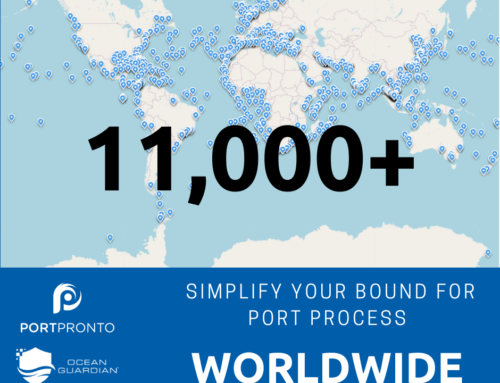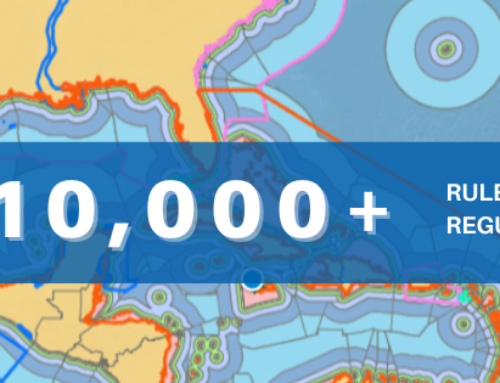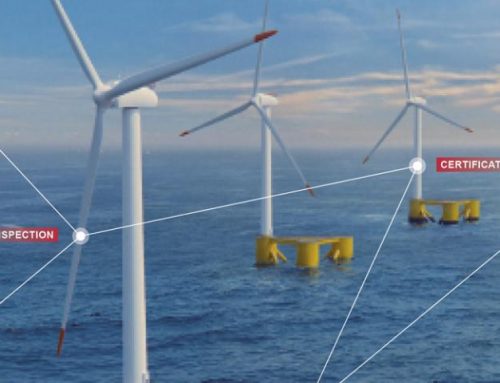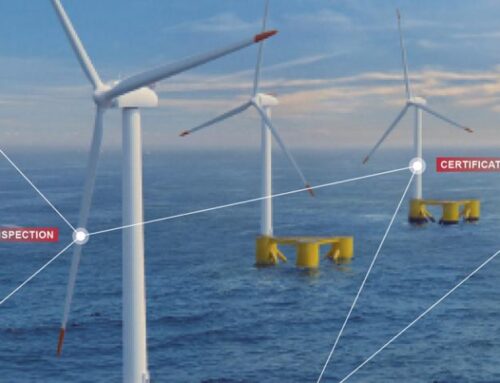The International Maritime Organization (IMO) put the first climate change treaty since the 1992 Kyoto Protocol into action with the Energy Efficiency Design Index (EEDI) Standard amendment to MARPOL Annex VI.
MARPOL stands for marine pollution and represents the International Convention for the Prevention of Pollution from Ships. The EEDI Standard amendment is a mandatory requirement for new vessels that serves to make an impact on the state of the global environment. EEDI is actually an index determining the amount of carbon dioxide emitted from a ship while transporting goods at sea. It applies to new ships in the following categories: bulk carriers, combination carriers, container ships, cruise passenger ships featuring non-conventional propulsion, gas carriers, general cargo ships, LNG carriers, refrigerated cargo carriers, ro-ro cargo ships and ro-ro passenger ships. According to the IMO, these vessels are the largest in the world fleet and they’re responsible for about 85% of shipping carbon dioxide emissions worldwide. The EEDI Standard thus creates a significant impact on the state of our planet’s health.
EEDI Standard Specifics
The EEDI applies to both engines and equipment and focuses on energy efficiency, translating to reduced pollution. EEDI stipulates a minimum energy efficiency level per capacity mile based on ship type and size in order to reduce levels of carbon dioxide. Some new vessels must have technical files which indicate how much carbon dioxide they produce that may then be further verified for validity. Made mandatory in January 2013, EEDI serves to facilitate further production of more energy-efficient and compliant vessels into the future. In fact, the standards for energy efficiency levels will become more and more strict every five years in order to promote greater advancements in the arena of energy-efficient technology. The first phase is 10% and by 2025-2030, ships will need to achieve a 30% reduction in carbon dioxide emissions.
The new ships responsible to meet the EEDI Standard are over 400 metric gross tons and “new” means a ship’s building contract was established on or after the 1st of January, 2013. If there was no building contract, the keel or other early phase of construction began on or after the same date or the vessel was delivered on or after the 1st of January, 2015.
The purpose of EEDI is to reduce pollution in a manner that is not too difficult for ship makers so builders and designers may use the most cost-efficient methods in order to reach these standards for compliancy.
TMS assists clients in environmental compliance. Ask us about how we can help you or your vessel comply with international maritime environmental regulations.




